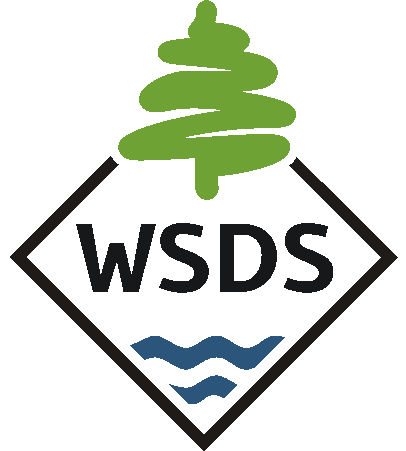Communication is the key to success. It is one of the two most important goals of state deafblind projects and the National Center on Deaf-Blindness.
Without communicative competence there is no link to the general education curriculum, the second most important goal (access to and progress in the general education curriculum).
What is communicative competence? It is defined by the National Center (NCDB?) and State Collaborative (2013) as the “use of a communication system that allows students to gain and demonstrate knowledge,” which is essential if they are to participate and make progress in the general curriculum.
More broadly, it can be thought of as the ability to express a variety of messages, with a variety of people, in a variety of situations (Bruce et al., 2016).
Building an authentic relationship is the first step toward communication for the students who are deaf-blind. This is why knowing the students like and dislikes is crucial on which to build this relationship.
The student must also have as many meaningful experiences as possible. The resonance board and space for active learning gives the student experiences which allow him to move at his pace and in space.
Students with deafblindness who have Usher Syndrome have more traditional, symbolic ways of communicating, including sign language and/or listening and spoken language. There are many other students with deaf-blindness who need more specialized ways of communication (See attached: Ways of Communicating)
Dive deeper into these topics for…
Hand-under-hand is a strategy which allows the student with deafblindness to control what he or she will or won’t do.
Social interaction with peers requires communication (understanding and expressing) on the part of the student with deafblindness.
Routines assist the student with anticipation, predictability, repetition, and supports him or her in completing things, as much as possible, on his or her own.
Experience books gives the student an opportunity to share with and communicate with others about his or her experiences.

